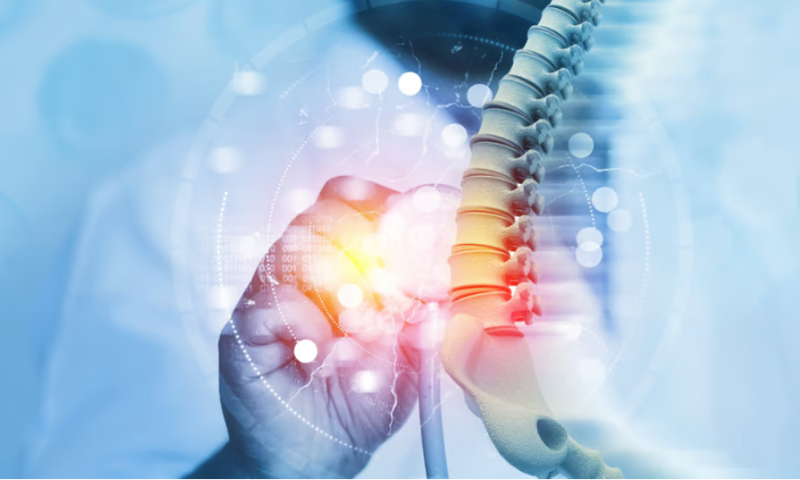Abbott is putting the old adage that “good things come in threes” to the test, with its fourth FDA approval in less than a year for its spinal cord stimulation (SCS) systems.
The latest regulatory nod covers all of the spinal cord stimulators that Abbott currently offers in the U.S., including its rechargeable Eterna and recharge-free Proclaim devices. All of the implants can now be used to treat chronic back pain in patients not eligible for corrective surgeries, according to the company’s Tuesday announcement.
Abbott’s SCS devices are broadly indicated for “chronic, intractable pain of the trunk and/or limbs.” Their previous indication specifically highlighted the devices’ ability to treat pain caused by failed back surgeries and diabetic peripheral neuropathy, as well as long-term pain in the lower back and legs, but stopped short of singling them out for nonsurgical back pain.
“To date, we have struggled with how to treat people who weren’t considered a good surgical candidate because we didn’t have clear, data-driven treatment options for nonsurgical back pain,” Timothy Deer, M.D., president and CEO of the Spine and Nerve Centers of the Virginias, said in Tuesday’s release. “This new indication for Abbott’s SCS devices, together with BurstDR stimulation, allows physicians the ability to identify and treat a new group of people, providing them with relief from chronic back pain.”
Abbott’s BurstDR technology is designed to be a closer mimic of the nervous system’s natural rhythm than other SCS approaches. It sends out short bursts of low-dose electrical energy rather than a continuous stream of stimulation, which Abbott says helps to avoid the uncomfortable tingling feeling that can sometimes occur with the latter “tonic” approach.
BurstDR is used in all of Abbott’s SCS devices in the U.S., which center around pulse generators that are implanted under the skin of the lower back, where connected leads can be placed between the spine and vertebrae. Once in place, their electrical pulses are meant to block pain signals from reaching the brain.
Before securing FDA approval, the technology was put to the test in its new indication in a study of 270 patients with an average of more than 12 years of pain—constituting what the company has dubbed the largest randomized, controlled trial for SCS in people with nonsurgical back pain.
Among the first 200 participants in the trial, about 85% of those who were implanted with the Proclaim XR system achieved “significant back pain reduction,” according to Abbott, compared to just 7% of those in the control arm, who were treated with a “conservative medical management” approach comprising physical therapy, medications, massages, acupuncture and more.
Altogether, more than 90% of those who underwent SCS treatment reported significant pain relief or improvements in function, with an average pain reduction of nearly 70%.
The latest FDA approval for Abbott’s SCS tech follows a trio of others that have rolled in since August. The first was bestowed upon the recharge-free Proclaim Plus implant, which can stay in place for up to a decade and is able to direct its therapy to six areas of the body at once.
A few months later, in December, the devicemaker announced the approval of the latest iteration of its rechargeable Eterna system—the smallest yet, according to Abbott—which requires just a handful of three-hour recharging sessions a year. And only a few weeks after that, at the start of this year, the Proclaim XR implant saw its indication expand into nerve damage linked to diabetes.

